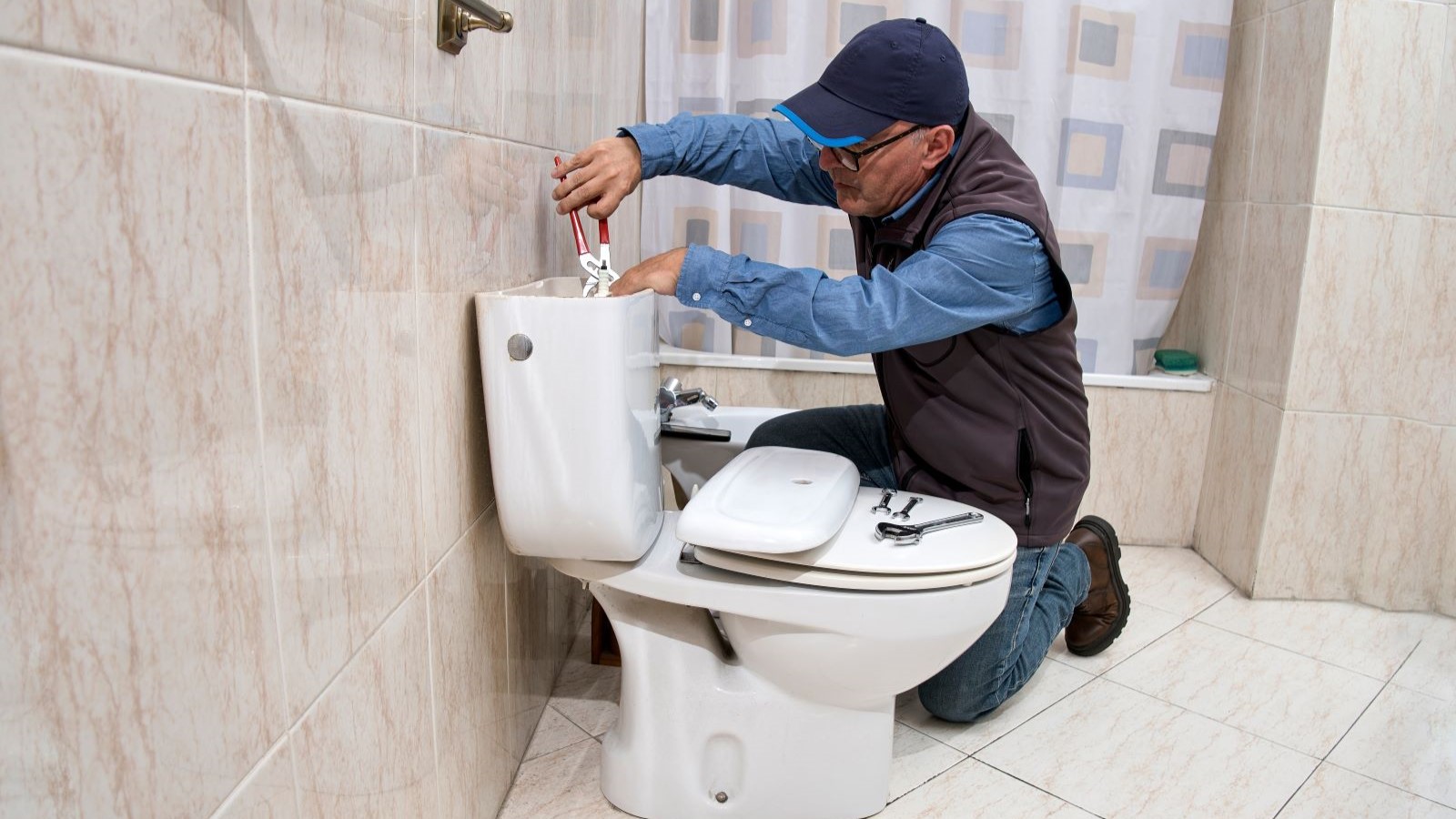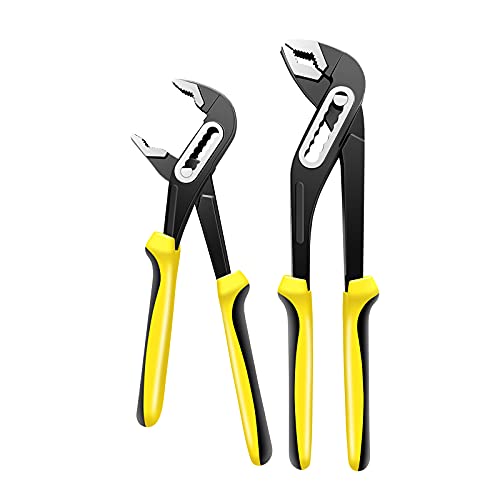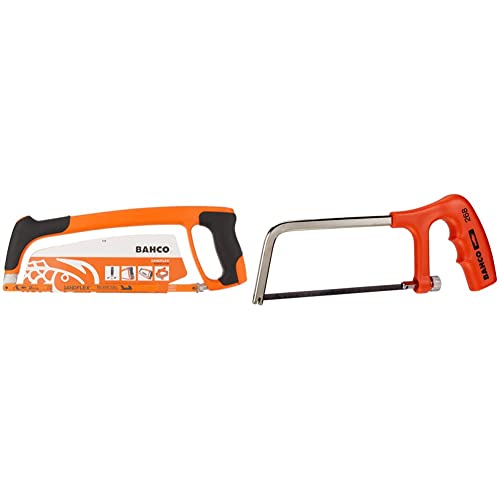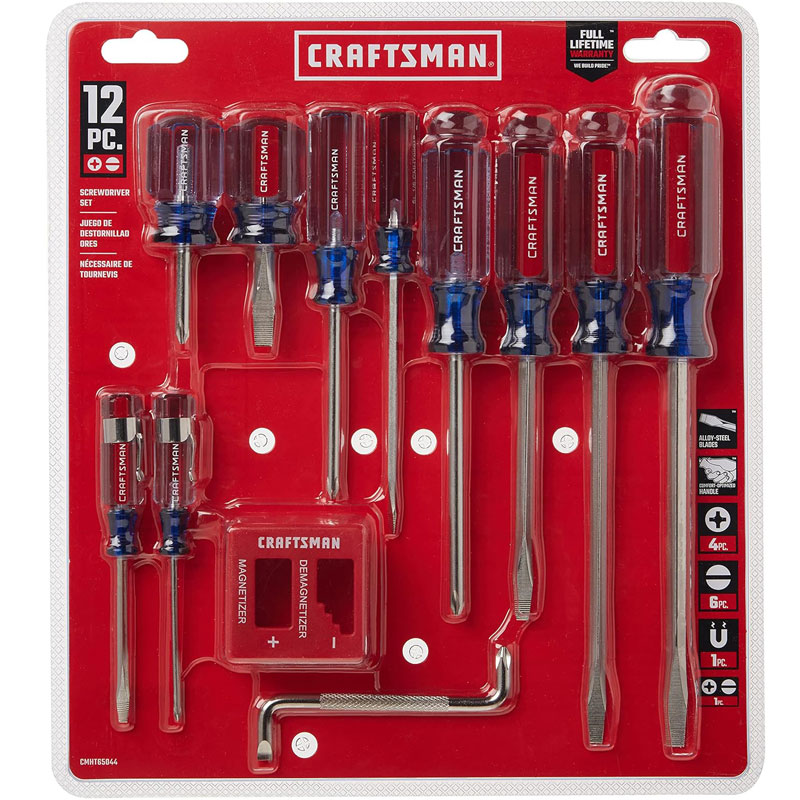How to fix a toilet that keeps running — plus the reasons it might be happening
Get expert insight on how to fix a toilet that keeps running to avoid annoying noises and costly bills

Knowing how to fix a running toilet will not only relieve you of the constant irritation of flowing water, it will make sure that your water bills won’t rise when they don’t need to. And, a properly functioning toilet will help ensure that moving parts last longer.
Whatever type of toilet you have, the same problems can occur. A damaged or blocked seal and faulty valves are common problems. But the good news is that parts are relatively inexpensive to buy, and they are typically a job a DIYer can tackle, helping to keep costs down.
Here you’ll find expert advice on how to fix the problem and when it's time to replace a faulty valve.
Common causes of a running toilet
There are typically a few common reasons that your toilet has slow constant running water going into the bowl. Alex Woods, bathroom expert at Victorian Plumbing says, “A faulty or misaligned float valve, preventing the cistern from shutting off properly is one”.
He adds, “A worn or damaged flush valve can cause water to leak continuously into the bowl.” Other reasons he suggests, “Can be debris blocking the flush valve seat, a broken fill valve, or an improperly adjusted chain connecting the flush lever to the flush valve.”
David Cruz, plumbing expert at MyJobQuote adds another reason, “If the float on your fill valve is sitting above the height of the overflow pipe, this will cause the cistern to overfill and water to run down the overflow and into the bowl.”

Alex is a marketing manager at Victorian Plumbing, a major online bathroom and kitchen retailer based in Merseyside, UK.
Try these tools to help fix a running toilet

David has worked in the plumbing industry for over fifteen years. David has worked on countless domestic and commercial projects as a plumbing expert and gas-safe engineer. David also works closely with MyJobQuote to provide expert plumbing knowledge to homeowners, tradespeople and news outlets.
How to fix a running toilet
1. Remove lid
Before you can fix your running toilet problem you need to identify the problem. Cruz says, “Take the lid off the cistern. If you have a cable connecting the flush button to the valve, unclip this so you can fully remove the lid.” He adds, “Now, flush the toilet and watch what happens.”
2. Filling up too fast
The problem may be something simple such as filling too quickly as Cruz explains, “If water is rushing in and filling the cistern up really quickly, then this could be stopping your flush valve from operating properly.” He adds, “In this case, go underneath your cistern and locate the pipe supplying your toilet with water.”
This should have an isolation valve like this Pipestation 15mm Isolation Valve from Amazon. Cruz continues, “Take a flathead screwdriver and turn the screw head slightly. Doing this will reduce the water flow to your cistern. Give the toilet another flush to check if this has resolved the problem.”
Bring your dream home to life with expert advice, how to guides and design inspiration. Sign up for our newsletter and get two free tickets to a Homebuilding & Renovating Show near you.
3. Identify parts
Before trying to fix any issues you need to identify the parts as Cruz explains, “Typically there are two plastic fittings inside the toilet. The fill valve will sit on either the left or right-hand side of the cistern, depending on which side the water feeds in from your supply pipe.” He continues, “The other part, which sits centrally in the cistern, is the flush valve.”
These both have important jobs as Cruz reveals, “The fill valve is responsible for filling the cistern with water and the flush valve is the part that releases water into the bowl. Attached to this you will see a plastic tube or pipe. This is the overflow.”
4. Overflow issue
Cruz shares how to fix a typical overflow issue, “When there’s too much water in the cistern, it flows down the overflow pipe and into the bowl. This is one of the most common reasons that toilets keep running after flushing.”
The reason is usually because the float that’s attached to the fill valve is set too high. Cruz says, “Look at the height of the float. Is it sitting higher than the top of your overflow pipe? If so, this is probably the issue.”
He adds, “To fix this, locate the screw fitting on the end of the float arm. Turning this will adjust the float height.”
5. Flush valve problem
If the overflow isn’t a problem the issue is typically the flush valve. Cruz says, “To inspect this, you’ll need to turn off the water supply to your toilet. Go underneath the cistern and locate the isolation valve and use a flathead screwdriver to give the screw mechanism half a turn.”
With the water supply off flush the toilet to empty the cistern. Cruz says, “You can now pull out the flush valve unit – it may need a twist to release it. At the base of this unit, you should see a round disc that moves up and down. Around this is a rubber seal.”
This will need inspecting as it prevents water leaking into the bowl. Cruz says, “It’s worth inspecting this to make sure it’s still in good condition. If it looks as though it’s deteriorating, this will need replacing.”
You can buy seals online like this Replacement Flush Valve Seal & Clip from Amazon. But they are not universal so Cruz suggests,”Take your old one along to your local DIY store and they should be able to find you a replacement.”
6. Clean the valve
If the rubber seal is in good condition, Cruz says, “It’s more likely that the valve inside the unit is sticking.” He adds, “So, you may need to give the valve section a bit of a clean to clear it of any gunk or limescale that could be preventing it from moving freely.”
Finally, put the flush valve back in place. Turn your water supply back on and give your toilet a flush to make sure it’s operating properly. If it's’ not Cruz says, “If none of these fixes have solved the problem, it may be that you need to replace one or both valves. If you don’t feel confident doing this yourself, it’s best to call in a plumber.”
FAQs
Is it easy to replace a flush valve unit?
Installing a new flush valve unit like this Adjustable Toilet Dual Flush Valve from B&Q is one cost effective way to fix a running toilet and it’s not too difficult as Woods shares, “Replacing a flush valve unit is fairly easy. It requires only a few tools and basic DIY knowledge.”
Cruz says, “A replacement flush valve costs between £10 and £30 but the units aren’t universal.” So they can be difficult to source. Cruz adds, “If it’s just the unit housing the valve that needs replacing, you can remove the old one and take it along to your local DIY store or plumbing centre to see if they have an exact replacement.”
However, he adds a note of caution, “If you can’t find an exact replacement for the valve unit, you’ll need to replace the whole flush mechanism, including the flush buttons and the base section that contains the overflow and the outlet that fixes to the base of your cistern. As these aren’t universal, you’ll need to check that the outlet size and unit height are suitable for your toilet cistern.”
If this is the case the process is a little more complicated Cruz says, “It can be done if you’re a competent DIYer and have a basic tool kit but if not, it’s best to ask a plumber to do this job for you.”
Can a running toilet increase water bills?
The simple answer is Yes. Woods says “A running toilet can increase water bills due to the continuous flow of water into the bowl. Even small leaks can waste a significant amount of water over time.”
How much it costs will depend on how much the water charges are in your area. But Cruz says, “You’ll typically pay somewhere between £1 and £2 per 1,000 litres. So, not fixing your running toilet could cost you between £70 and £300 per year.
If you're fixing a running toilet it could be a good time to about fitting a new toilet seat and find out how much does it cost to flush a toilet. If you can't fix your toilet find out much you'll need to budget for new toilet costs.
Steve Jenkins is a freelance content creator with over two decades of experience working in digital and print and was previously the DIY content editor for Homebuilding & Renovating.
He is a keen DIYer with over 20 years of experience in transforming and renovating the many homes he has lived in. He specialises in painting and decorating, but has a wide range of skills gleaned from working in the building trade for around 10 years and spending time at night school learning how to plaster and plumb.
He has fitted kitchens, tiled bathrooms and kitchens, laid many floors, built partition walls, plastered walls, plumbed in bathrooms, worked on loft conversions and much more. And when he's not sure how to tackle a DIY project he has a wide network of friends – including plumbers, gas engineers, tilers, carpenters, painters and decorators, electricians and builders – in the trade to call upon.




